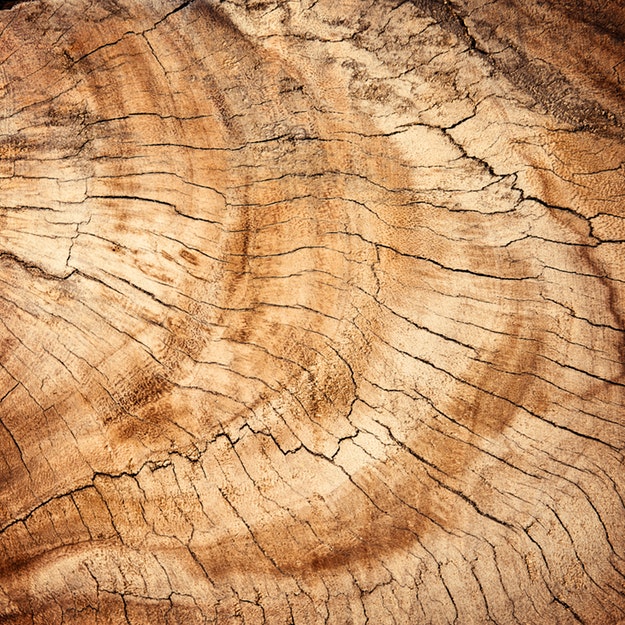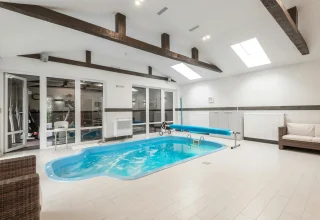While termites are known to target floor support structures made of softwood, they can also cause very severe damages to hardwood floors. The problem is that the damages caused by termites will go unnoticed until an irreversible problem appears on the hardwood floor. Detecting and identifying colonies of termites early enough goes a long way in enabling you to limit the possible effects of a termite infestation. This article gives a guide on the damage caused by termites on hardwood floors and how these voracious pests can be prevented.
Termite Types and the Damages They Cause
Hardwood floors are often subjected to termite infestation as they contain cellulose, a nutritional element suitable for termite consumption. The damages caused on your hardwood floor may vary depending on the type of termite colonies found in your property. Here is an overview of the various types of termites and the damages associated with each category.
1. Subterranean Termites
Subterranean termites are the most common type of termites found in almost every home infested with these destructive pests. Their colonies live in the soil, finding their way into your hardwood floor via foundation cracks. Due to their nature of colony structure, the subterranean termites will form honeycomb patterns on your hardwood floors, weakening the floor structures.
2. Drywood Termites
Drywood termites thrive in dry conditions where they build their nests. They penetrate hardwood floors through infested furniture or exposed wood. Colonies of Drywood termites are known for leaving unattractive excavations. However, damages caused by Drywood termites are less prominent as their colonies exist in small numbers.
3. Dampwood Termites
Dampwood termites are known to be attracted to wet or rotting wood. This type of termites accesses your floor through water-damaged structures or wet lumber. Dampwood termites are attracted to areas of your hardwood floor that are wet or damp. Since they are larger than the Subterranean species, Dampwood termites can leaves large hollows on your floor, leaving the floor’s structure weakened.
Signs of Termite Infestation on Hardwood Floors
As earlier stated, a termite infestation is only noticed after these wood-destroying pests have caused irreversible damage. However, before your property gets infested with these termites, there are signs that you can watch out for to eradicate them. Here are some of the signs to look out for.
• Termite Faeces
One of the ways to identify a termite infestation is through their feces which can be found under the floor, on floor surfaces, or along wall cracks. The termite feces, also known as frass, have a pointed end, with each pellet measuring at 1/32 inches long.
• Mud tunnels
Mud tunnels are structures built by termites to act as their channels of movement from one place to another. These mud tunnels can be traced as small extensions between the floor edges and the soil.
• Hollow Sounds
When your floor produces hollow sounds every time you step on its hardwood boards, there are all chances that termites have infested it. The sounds produced are a result of a damaged interior of your floor.
• Spongy Wood
The surface of a hardwood floor is naturally hard. A termite infestation, however, alters with this nature, reducing the floor into a spongy structure. This means that it becomes easy to penetrate your floor using a sharp object.
• Termite Swarmers
Termite swarmers are attracted to sources of light, such as lamps and bulbs. As they fly around these lighting sources, the swarmers will shed off some of their wings. The presence of such wings is an indication of a termite infestation.
How to Prevent a Termite Infestation
To safeguard your property’s hardwood flooring from damages caused by termites, there are various techniques that you can employ to prevent a termite infestation.
1. Eliminate Rotting or Wet Wood
If you notice a rotting portion of your floor, it is essential to eliminate the affected pieces of wood. This will safeguard your floor from the Dampwood termites.
2. Mulch Control
Limiting or controlling the amount of mulch that is in close proximity with your hardwood floor is an ideal way to protect your property from a termite infestation.
3. Sealing Flooring Cracks
Sealing cracks or gaps found in your property’s foundation will be vital in safeguarding it from the subterranean termites.
4. Regular Inspections
It is essential to have your hardwood floor regularly inspected by a professional pest control service provider. This way, a termite infestation and can be detected and treated earlier before further damages are caused.
Professional Pest Control Services
If you suspect an infestation of termites around your home, it would be best if you hired a professional to have the termites treated. Contact the Excel Pest Services to have your floors inspected and treated from termites. Our services are available across commercial and residential properties.










